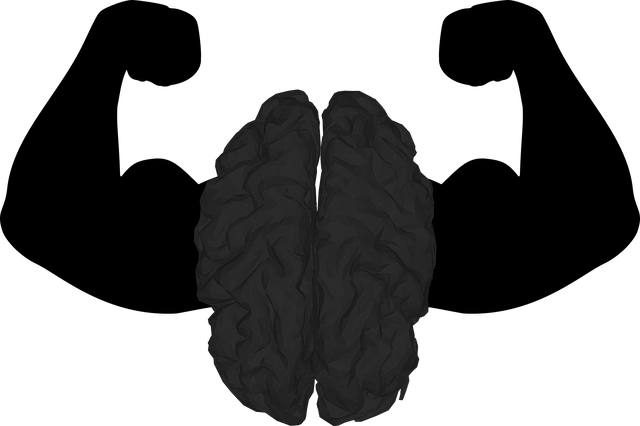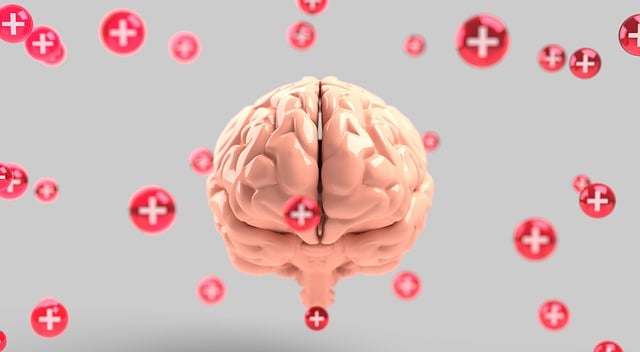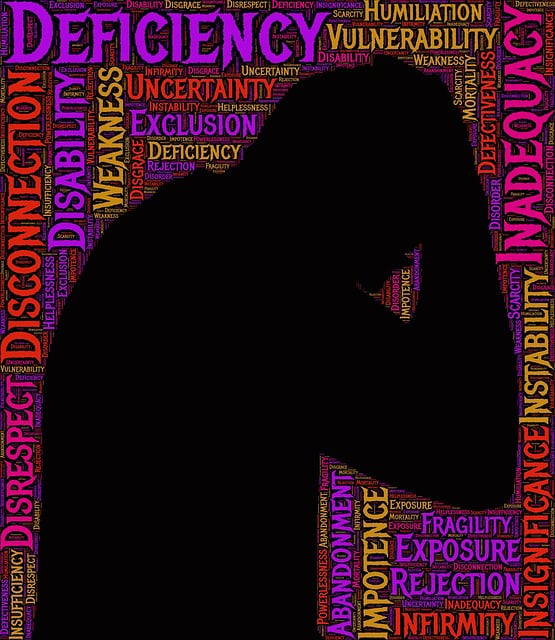TL;DR:
Risk assessment is key in providing safe, effective therapy for young children experiencing grief. Therapists identify triggers, family dynamics, and community pressures to create tailored support. Using harm minimization strategies, compassionate cultivation, crisis intervention, and community outreach, therapists foster healing and resilience. Grief counseling offers secure spaces for children to express feelings, teaching coping strategies and emotional regulation skills through evidence-based practices. By integrating mental wellness coaching, these interventions enhance child safety, promote holistic emotional healing, and equip young individuals with adaptive strategies for managing distress.
Risk assessment and harm minimization planning are essential components of providing safe and effective therapy for young children experiencing grief. This article delves into critical aspects of these processes, guiding therapists in identifying potential hazards and implementing strategies to create secure environments. We explore methods to enhance child safety, focusing on grief counseling techniques that mitigate risks and promote healing. Through practical steps, we aim to empower professionals in enhancing therapeutic outcomes for young children navigating grief.
- Understanding Risk Assessment: Identifying Potential Hazards in Therapy
- Harm Minimization Strategies: Creating a Safe Space for Young Grieving Children
- The Role of Grief Counseling in Mitigating Risks and Promoting Healing
- Implementing Effective Plans: Steps Towards Enhancing Child Safety in Therapy Settings
Understanding Risk Assessment: Identifying Potential Hazards in Therapy

Risk assessment is a vital component of therapy, especially when catering to young children experiencing grief. This process involves meticulously identifying and evaluating potential hazards or risks that may impact a child’s emotional well-being during counseling sessions. By conducting thorough risk assessments, therapists can ensure a safe and supportive environment tailored to each child’s unique needs.
In the context of therapy for young children grappling with grief, potential hazards might include emotional triggers, traumatic memories, or even external factors such as family dynamics and community pressures. Therapists must be adept at recognizing these hazards and implementing harm minimization strategies. This can involve incorporating compassionate cultivation practices, crisis intervention guidance, and even community outreach program implementations to create a comprehensive support system that fosters healing and resilience in young grievers.
Harm Minimization Strategies: Creating a Safe Space for Young Grieving Children

Supporting young children who are experiencing grief is a delicate yet crucial task. Harm minimization strategies in this context focus on creating safe spaces where these children can process their emotions and begin to heal. Therapy for young children, often coupled with grief counseling, plays a pivotal role in risk management planning for mental health professionals. By employing compassion cultivation practices, counselors can foster an environment of warmth and understanding, encouraging children to express their feelings openly.
This approach not only aids in the immediate relief of symptoms but also promotes long-term resilience. Positive thinking, while not the sole focus, can be a beneficial byproduct of effective grief counseling. Through tailored interventions, mental health professionals can help young grievers navigate their emotions, fostering a sense of safety and ultimately enhancing their ability to cope with life’s challenges.
The Role of Grief Counseling in Mitigating Risks and Promoting Healing

Grief counseling plays a pivotal role in mitigating risks and fostering healing among young children who have experienced significant loss or traumatic events. This specialized therapy provides a safe space for kids to express their emotions, fears, and concerns freely. Through interactive activities and nurturing conversations, grief counselors help young minds navigate complex feelings such as sadness, anger, and confusion. By incorporating evidence-based practices, these professionals guide children in developing effective coping mechanisms, enhancing their emotional regulation skills, and fostering a sense of resilience.
Incorporating conflict resolution techniques within grief counseling allows children to resolve internal conflicts arising from their grief. Mental health education programs designed for this age group further equip them with valuable knowledge about managing emotions and seeking support when needed. By addressing these aspects holistically, grief counseling becomes a powerful tool in promoting not just emotional healing but also overall well-being among young individuals.
Implementing Effective Plans: Steps Towards Enhancing Child Safety in Therapy Settings

Implementing effective harm minimization plans is paramount to enhancing child safety in therapy settings, especially when addressing sensitive topics like grief counseling for young children. The process begins with a thorough risk assessment, identifying potential hazards and triggers unique to each child’s experience. This proactive approach ensures therapists are equipped to manage and mitigate risks effectively.
Subsequent steps involve tailoring interventions to individual needs. This can include incorporating coping skills development and compassion cultivation practices, fostering a safe space for expression and emotional exploration. Moreover, integrating mental wellness coaching programs during therapy sessions can empower children with adaptive strategies for managing distress. Such multifaceted planning promotes a nurturing environment, enhancing the therapeutic experience while prioritizing the child’s overall mental health and well-being.
Risk assessment and harm minimization planning are indispensable components of creating a safe and therapeutic environment for young children navigating grief. By understanding potential hazards within therapy settings, implementing effective strategies like grief counseling, and following structured steps to enhance child safety, therapists can foster healing and support these vulnerable individuals. Integrating these practices ensures that therapy for young children experiencing grief is both secure and transformative.













